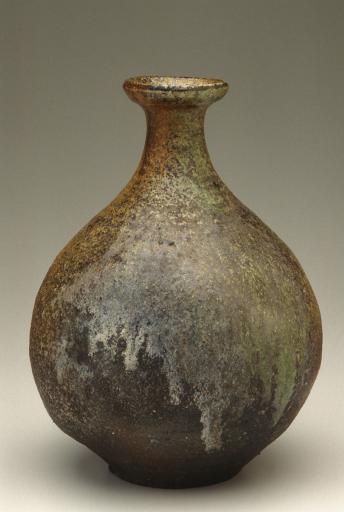vase, Osako Mikio
Artwork Overview
Osako Mikio, artist
1940–1995
vase,
1982–1992
Where object was made: Japan
Material/technique: stoneware
Dimensions:
Object Height/Width/Depth (Height x Width x Depth): 280 x 185 mm
Object Height/Width/Depth (Height x Width x Depth): 11 x 7 5/16 in
Object Height/Width/Depth (Height x Width x Depth): 280 x 185 mm
Object Height/Width/Depth (Height x Width x Depth): 11 x 7 5/16 in
Credit line: Gift of Joan D. and Frederick Baekeland
Accession number: 1992.0074
Not on display
If you wish to reproduce this image, please submit an image request

